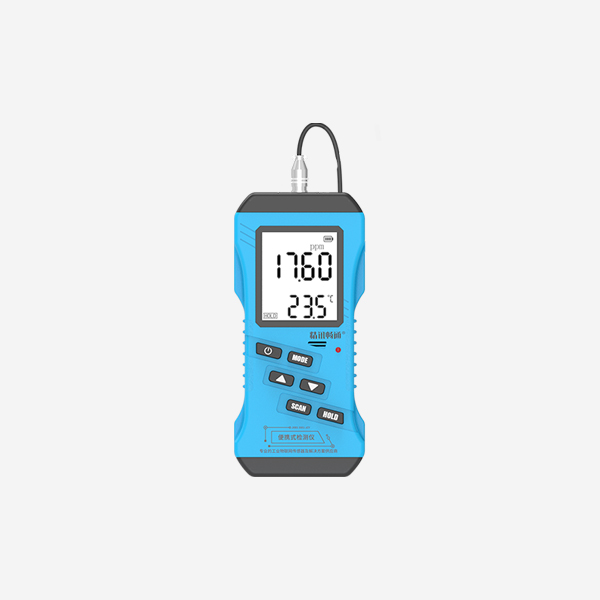The health of the soil is essential for the growth of plants and crops, which in turn affects the food we eat. Soil health assessment plays a significant role in the efforts to maintain the quality of the soil. The traditional method of soil testing involves manually taking samples from the soil, which is a tedious and time-consuming process. However, with advances in technology, soil sensors have made it easier to analyze soil health in a much faster and accurate manner. This article will explore how soil sensors are transforming soil health assessment.

Section 1: The Importance of Soil Health Assessment
The importance of soil health assessment cannot be overstated, as agriculture and food production depend heavily upon soil fertility. The soil acts as a medium to absorb nutrients and minerals and retains water for plants to use. It supports the growth of plants and crops, which provide food for animals and humans. Soil health can be affected by various factors such as soil erosion, compaction, nutrient deficiency, and many others. Soil testing helps monitor soil health, identifying problems early and addressing them before they become major issues.
Section 2: Traditional Soil Testing Methods
Traditional soil testing methods involve taking soil samples manually and transporting them to a laboratory for analysis. The process is slow, expensive, and has a significant risk of variability due to inconsistent sampling. Soil samples need to be taken strategically from different parts of a field to determine overall soil health. The testing process can take a few days to a week to get results, leaving farmers uncertain about soil health and delaying any corrective measures that may be needed. Regular testing is important to ensure that nutrients and organic matter levels are adequate and that any negative impacts are addressed.
Section 3: Soil Sensors and Smart Agriculture
Soil sensors are revolutionizing soil health assessment. They are small electronic devices that can be placed directly in the soil to monitor various soil properties. These sensors can measure soil moisture, temperature, conductivity, pH, and nutrient content, providing accurate and real-time data about the soil condition. The data is transmitted wirelessly to a computer or smartphone, allowing farmers to monitor their fields remotely. This technology enables smart agriculture, allowing farmers to make data-driven decisions and optimize crop growth.
Section 4: The Benefits of Soil Sensors
Soil sensors offer several benefits over traditional soil testing methods, including:
Speed: Soil sensors provide data in real-time, eliminating the need to send samples to a laboratory.
Cost Savings:
Soil sensors are much cheaper than hiring a professional to perform soil testing.
Accuracy: Soil sensors provide accurate and consistent data, reducing the risk of errors due to inconsistent sampling.
Precision:
Soil sensors can provide data for different areas of a field, providing more precise soil health assessments.
Time Savings:
Soil sensors require much less time than traditional soil testing methods, allowing for more frequent testing and monitoring of soil health.
Section 5: Applications of Soil Sensor Technology
Soil sensor technology has various applications, including:
Irrigation Management: Soil moisture sensors can help farmers monitor the soil’s moisture level, reducing water usage and increasing crop yield.
Nutrient Management:
Soil nutrient sensors can provide farmers with real-time data on nutrient content, helping them to optimize fertilizer application and reducing the risk of over or under-fertilization.
Disease Management:
Soil sensors can detect early signs of crop disease before they spread, allowing farmers to take necessary corrective measures.
Climate Change Adaptation: Soil sensors can help farmers adapt to the effects of climate change by monitoring soil moisture level and providing data for crop selection and management.

Conclusion:
Soil sensors are transforming soil health assessment, providing accurate, real-time data that allows farmers to monitor their soil health in a more precise and efficient manner. The technology has many benefits including cost savings, accurate, and consistent data, precision, and time savings. The applications of soil sensor technology in smart agriculture are endless, making it an essential tool for farmers in the 21st century. Soil sensors represent a positive step towards sustainable agriculture as they allow farmers to make data-driven decisions leading to better soil management and healthier crops.
